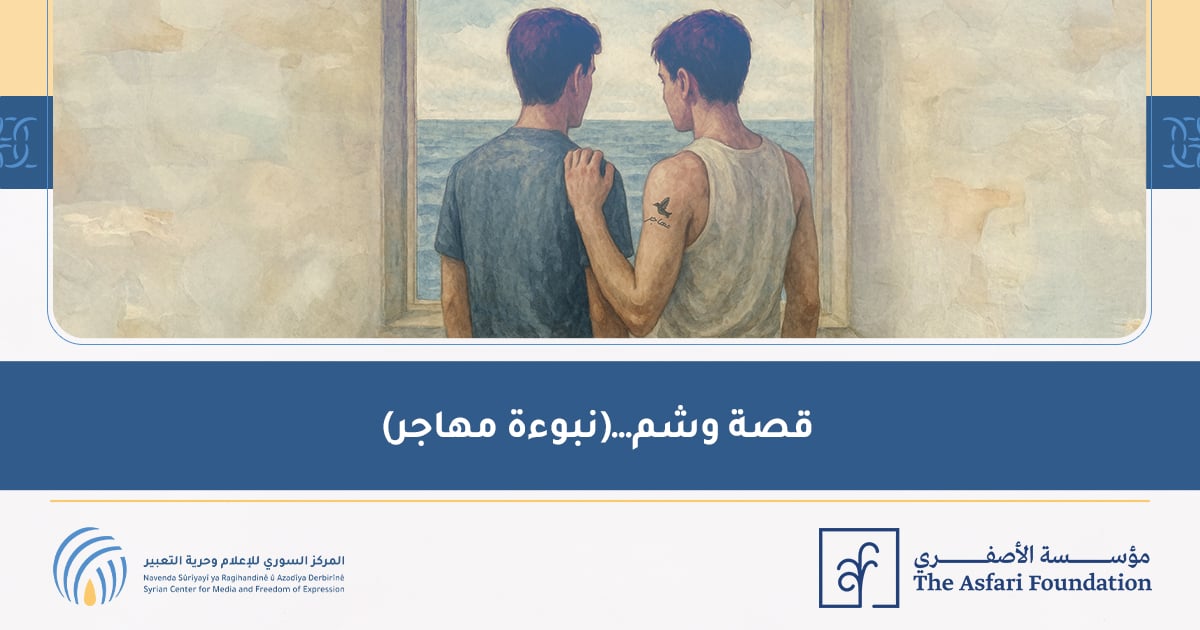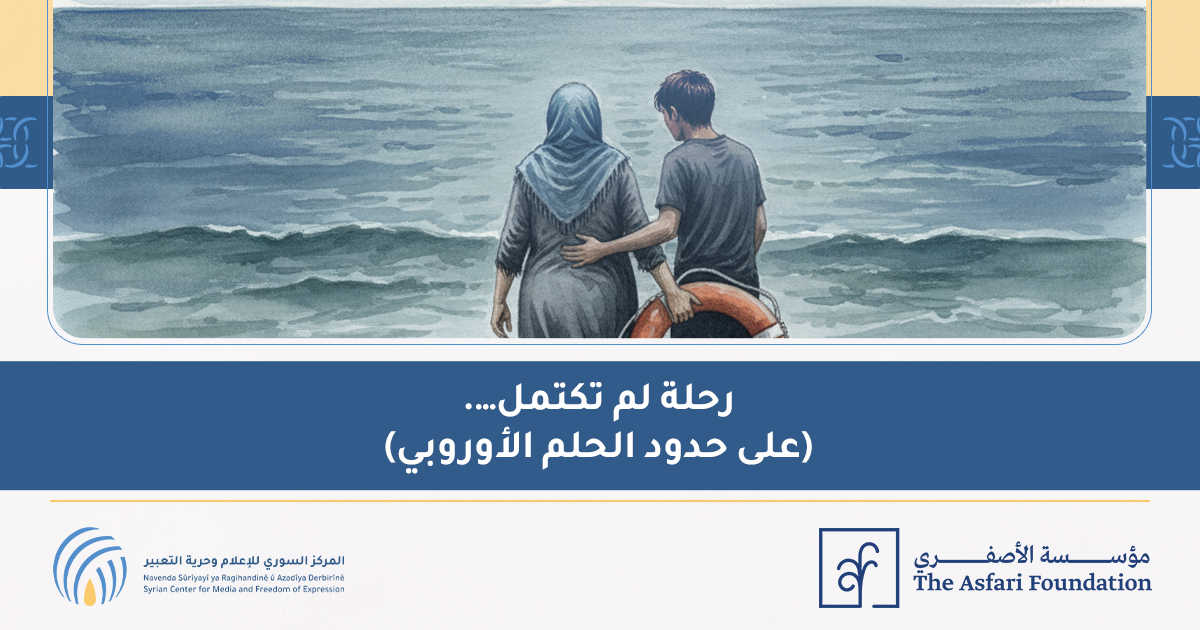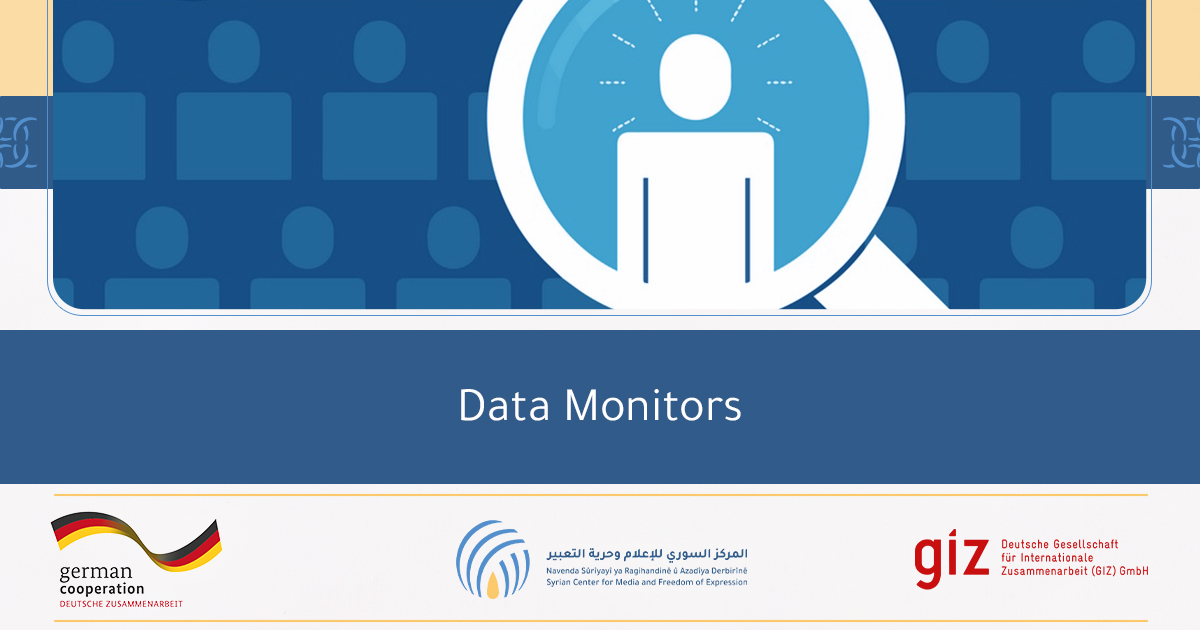WARNING: This blogpost is published for discussion and engagement purposes only. It does not constitute a proposal for a legally binding treaty. It contains text that some lawyers and readers with a legal background may find distressing. Sensitive readers are urged to exercise discretion.
There exists an honourable tradition within civil society and digital communities to draft and publish declarations, statements or principles on human rights and the Internet. Because of the way we have engaged as a community, international law now recognises that same rights enjoyed by people offline must also be protected online. The community and civil society have developed a vision and our voices have had influence.
However, over time, this voice has become less visionary and more restrictive.
We are now on the defensive.
Inherent tensions underpin the politics of the Internet, and these tensions have become more and more apparent. We have spent decades worrying about state control while Internet spaces have been colonised by giant corporations and overtaken by the do-ocracy of Silicon Valley. Now, hardly a day passes when we don’t learn about yet another violation of human rights in relation to the Internet somewhere in the world, either by state actors or private (corporate) interests.
Fortunately, this trend has been accompanied by calls and efforts to formulate an “Internet Bill of Rights” or Internet Magna Carta that would define a new set of rights for the digital age – most prominently by Tim Berners-Lee, the inventor of the world wide web. These efforts have been reinvigorated as a result of the Edward Snowden revelations, and the snooping practices by Five Eyes countries which have reduced trust in the Internet and led to a race to the bottom, including the legalisation of many of the disclosed practices.
Many fear the time of darkness for the Internet and human rights is upon us.
We ask simply, is this the Internet that people want to connect to? How can the Internet regain its original language, spirit, and vision?
In these politically charged times, in which the world appears to be more polarized and divided, and digital public spaces more restricted, we believe the time is right to create and articulate a new set of rights for the digital age that work with the existing human rights framework.
We need to maintain the original visionary and inspirational approach of our community.
In this age of the Internet of Things, we need the Internet of Rights. We need a new Universal Declaration of Digital Rights.
What could such new Universal Declaration look like? Our proposal is that the Declaration would look something like this, and we ask you to join us in shaping this vision…
Suggestions, comments, and reactions on the back of the postcard, please! Comments in the form of tweets are also accepted. Join the discussion on Twitter using the hashtag #InternetofRights and share your suggestions, comments, and reactions. We will take all of these on board and will issue the “final” version later this year!
The Universal Declaration of Digital Rights
PREAMBLE
Whereas striving to create a world where anyone, anywhere may express, disseminate and receive information and opinions without fear of being coerced into silence or conformity;
Whereas all states should recognise and promote universal respect for and observance of fundamental human rights in the digital environment and ensure that these rights are upheld as a core element of a free, open and democratic society;
Whereas it is essential to maintain the free flow of information to ensure a global and unfragmented Internet for the benefit of all and to preserve access to knowledge, development and culture, which is the common heritage of all humankind;
Concerned that attempts to limit access to information and communication on the Internet and through digital technologies for political, commercial, security or other reasons are contrary to democratic principles;
Reaffirming the relevance of international human rights standards in the digital environment and the need to explore and expand new human rights guarantees for the future;
We therefore now proclaim THIS UNIVERSAL DECLARATION OF DIGITAL RIGHTS as a common standard of digital freedoms for all, to the end that every individual and every institution of society, keeping this Declaration constantly in mind, shall strive to promote respect for these rights and, by progressive national and international measures, to secure their universal and effective recognition and observance in all countries of the world.
ARTICLE 1: RIGHT TO INTER-NETWORKING
Everyone has the right to benefit from Internet architecture that is based on decentralisation, open standards, interoperability and end-to-end principles. This right includes freedom from unreasonable barriers to entry and unnecessary burdens which could affect the potential for innovation in respect of technologies and services.
ARTICLE 2: RIGHT TO ACCESS
Everyone has the right to participate in the information society and to access, regardless of their geographical location, universally available Internet services and digital technology at an affordable price.
ARTICLE 3: RIGHT TO NON-DISCRIMINATION OF PACKETS
Everyone has the right to receive an unimpeded flow of transboundary Internet traffic. Hence, there should be no discrimination in the treatment of Internet data and traffic based on the device, content, author, origin and/or destination of the content, service or application.
ARTICLE 4: RIGHT TO ANONYMITY
Everyone has the right not to be identified and not to disclose their identity when using the Internet and digital technologies. This right includes the right to anonymous speech, to read anonymously or to browse online anonymously.
ARTICLE 5: RIGHT TO ENCRYPTION
Everyone has the right to use secure communication tools, in particular any hardware and software encryption products and other cryptographic methods of their choice.
ARTICLE 6: RIGHT TO BE FREE FROM SURVEILLANCE
Everyone has the right to be free from mass surveillance, interception and persuasive monitoring measures by State, commercial and other entities. This includes the right of everyone to have access to comprehensible, understandable, clear and precise information about all relevant and applicable laws, policies and other measures influencing this right, and the right to be notified about any decision authorising targeted surveillance.
ARTICLE 7: RIGHT TO BLOG
Everyone has the right to disseminate information and ideas to the public through the Internet and digital technologies without permission, license or registration. Nobody should be required to obtain a licence or to register with the government or any other body in order to disseminate information online.
ARTICLE 8: RIGHT TO CREATE
Everyone has the right to create content online, including through transformative use of original works subject to copyright and to benefit from broad protection under the fair dealing exceptions.
ARTICLE 9: RIGHT TO SHARE
Everyone has the right to receive, impart and personally enjoy cultural goods online. This includes the right to read, listen to, view, browse and remix cultural goods without copyright restrictions and to freely access substantially publicly-funded work. The sharing of cultural goods online should not be subject to undue copyright restrictions or enforcement; while those goods that fall into the public domain must remain in the public domain indefinitely.
ARTICLE 10: RIGHT TO DIGITAL PROTEST
Everyone has the right to use digital tools to engage in individual or collective protest actions. This right includes the usage of the Internet and digital tools as both a medium and a venue of protests.
ARTICLE 11: RIGHT TO DISSENT, OFFEND AND BE OFFENDED
Everyone has the right to express, disseminate and receive oppositional, dissenting, reactive or responsive views, values or interests through the use of digital technology. This includes the right to express, impart and receive information and ideas that might offend, shock or disturb the State, individuals or any sector of the population.
ARTICLE 12: RIGHT TO BE FREE FROM LIABILITY
Everyone has the right to be free from liability for content of others online. This right includes immunity from liability for
a) the content of third parties where he/she has not been involved in modifying that content;
b) the failure to restrict lawful content;
c) hosting unlawful third-party content; or
d) the failure to proactively monitor content of others.
ARTICLE 13: RIGHT TO HACK
Everyone has the right to break and explore digital codes in public interest and for non-commercial purposes; in particular to surmount technological barriers to information that implement and enforce restrictions to content which should be readily available and accessible.
ARTICLE 14: RIGHT TO TINKER
Everyone has the right to use digital tools, including software utilities, for non-commercial purposes, to evaluate, audit, or discover services or servers on network and to find insecurities on them. This also includes a right to innovate without permission.
ARTICLE 15: RIGHT TO RUN ONE’S OWN
Everyone has the right to run their own servers and services, create virtual private networks and provide services to others on the net.
ARTICLE 16: RIGHT TO FLOSS
Everyone has the right to access and use free/libre and open source software (FLOSS) which includes
a) the freedom to run the software, for any purpose;
b) the freedom to study, change and improve the software;
c) the freedom to redistribute copies to help others; and
d) the freedom to distribute copies of modified versions.
ARTICLE 17: RIGHT TO CONTROL DATA
Everyone has the right to exercise full control over their personal data. Personal data should be processed only if the individual gives full and informed consent to their processing.
ARTICLE 18: RIGHT TO MIGRATE AND EXPORT DATA
Everyone has the right to data portability, which includes the right to download, transmit and transfer their data from one automated application or processing system into another without hindrance, in an open and standardised format.
ARTICLE 19: RIGHT TO KNOW-HOW
Everyone has the right to free digital education and knowledge to exercise their rights in the digital environment. This right includes access to opportunities to develop technical skills to understand, use, and work with a broad range of digital tools, and to critically analyse the accuracy and trustworthiness of available content, applications and services.
ARTICLE 20: RIGHT TO PARTICIPATE
Everyone has the right to make informed decisions and participate in Internet governance, in particular in governance mechanisms and in the development of Internet-related public policies, in full confidence and freedom.
ARTICLE 21: PERMISSIBLE LIMITATIONS
In the exercise of these rights, everyone shall be subject only to such restrictions that are provided by law, pursue a legitimate aim as stipulated by international human rights standards and are necessary and proportionate in relation to the aims pursued and follow due process.
Join the discussion on Twitter using the hashtag #InternetofRights and share your suggestions, comments, and reactions.
Source: article19




